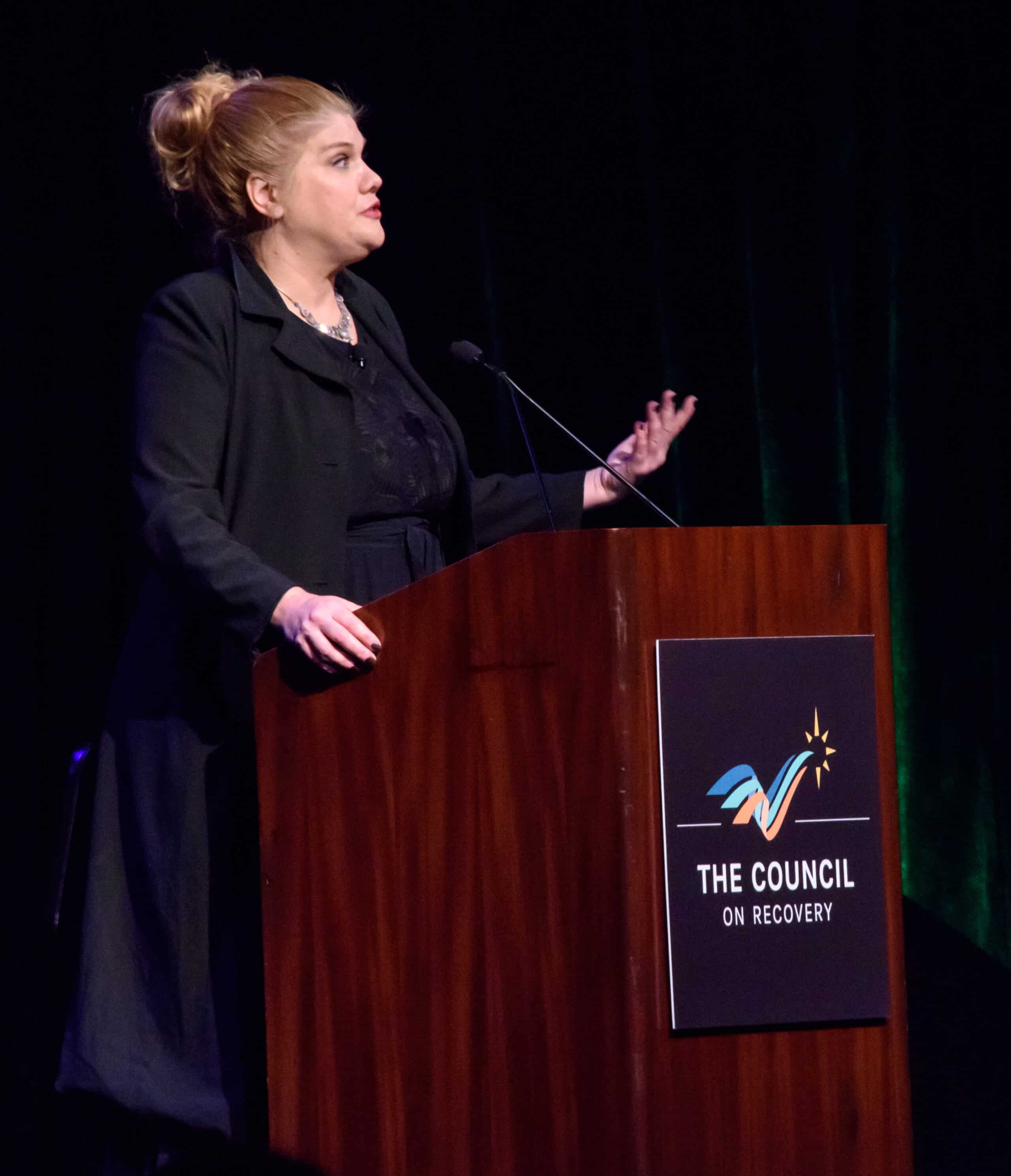
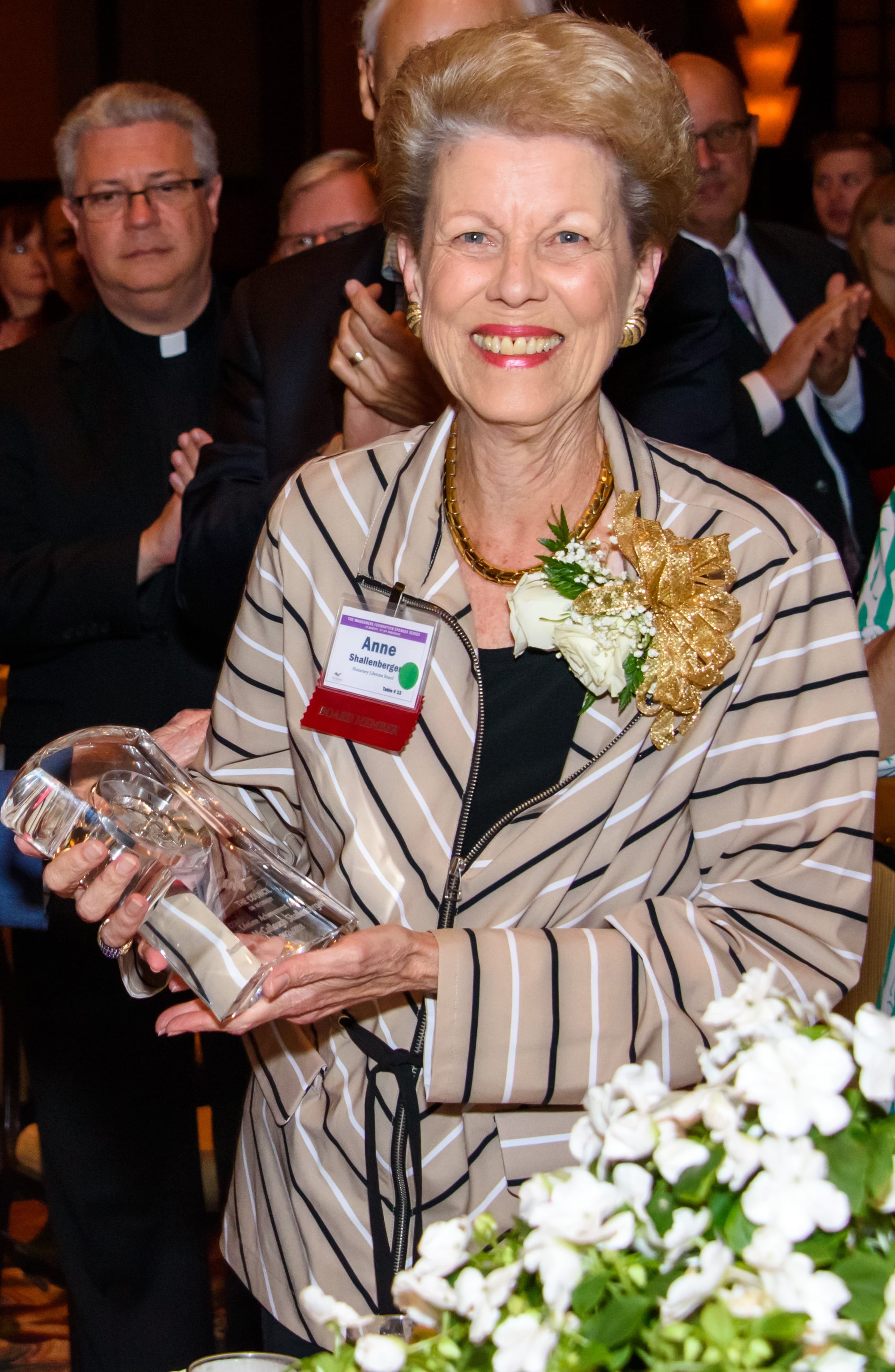
Johnston was the keynote speaker at the 35th Annual Spring Luncheon in The Waggoners Foundation Speaker Series presented by the Wayne Duddlesten Foundation. The Luncheon also honored long-time Council board member and friend, Anne McCullough Shallenberger, with The Council’s Lifetime Achievement Award in recognition of her commitment, service, and dedication to The Council’s mission.
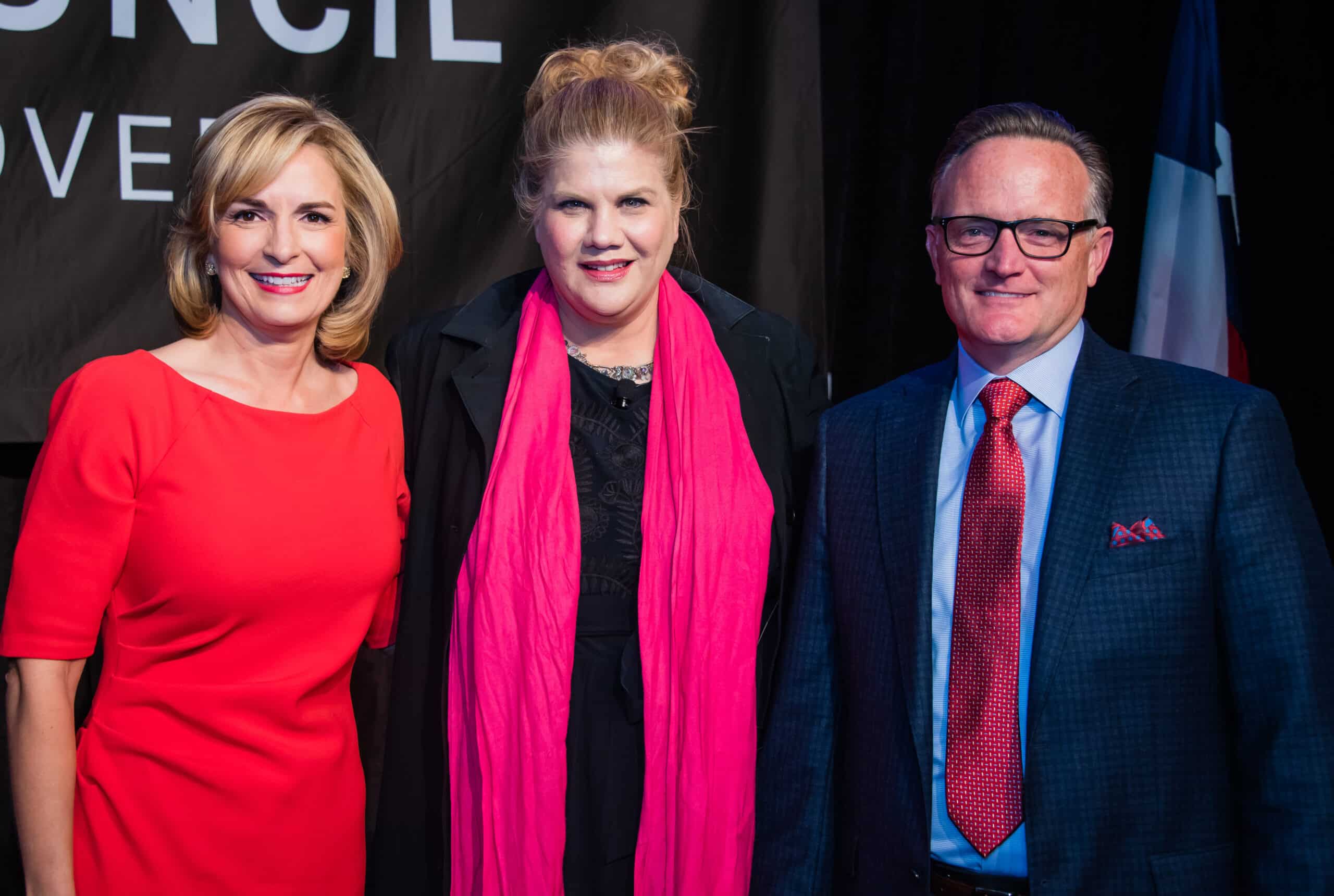
With preceding remarks from Luncheon co-chairs, Devon Anderson and Bob Newhouse, and heartfelt introduction by Jerri Duddlesten-Moore, Kristen Johnston praised The Council on Recovery’s work. She said, “I’ve been speaking for a while and going all over, and this [The Council on Recovery] is the most comprehensive treatment center. What you’re doing here is truly unique.”
Speaking of her own struggles with addiction, Kristen spoke of the stigma that often surrounds addiction and the importance for those who are in recovery to address that stigma. Sober 13 years, Kristen said, “There is still a lot of work to be done to get our voices heard…to help break down the stigma that, once in recovery, it’s not something to openly talk about.”
Kristen echoed the concerns voiced by Devon Anderson about challenges that young people face amidst the new technologies that have become highly addictive in their own right. Kristen’s own passion for helping adolescents was recently reflected in the publicized work she did to help establish New York City’s first sober high school.
June Waggoner and late husband Virgil are the benefactors of The Waggoners Foundation Speaker Series in honor and memory of their son, Jay Waggoner, whom they lost to alcoholism. Since the luncheon series’ creation in 1999, it has attracted nearly 33,000 people and raised over $14 Million. Past luncheon speakers include Rob Lowe, Patrick Kennedy, Ashley Judd, Tom Arnold, Lynda Carter, Paul Williams, Richard Dreyfuss, Jamie Lee Curtis, Jim Belushi, and Earl Campbell.

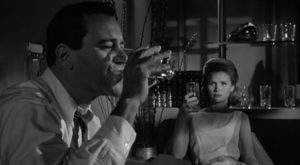
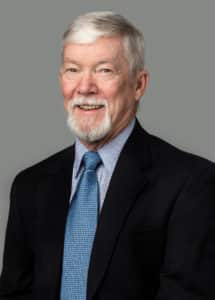
 Guest Blogger and long-time Council friend, Bob W. presents Part 27 of a series dealing with Alcoholism and Addiction from a Mystical, Mythological Perspective, reflecting Bob’s scholarly work as a Ph.D. in mythological studies.
Guest Blogger and long-time Council friend, Bob W. presents Part 27 of a series dealing with Alcoholism and Addiction from a Mystical, Mythological Perspective, reflecting Bob’s scholarly work as a Ph.D. in mythological studies.